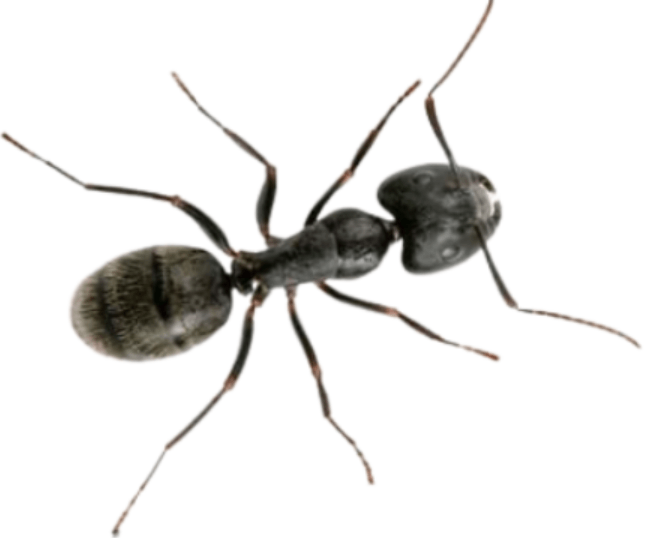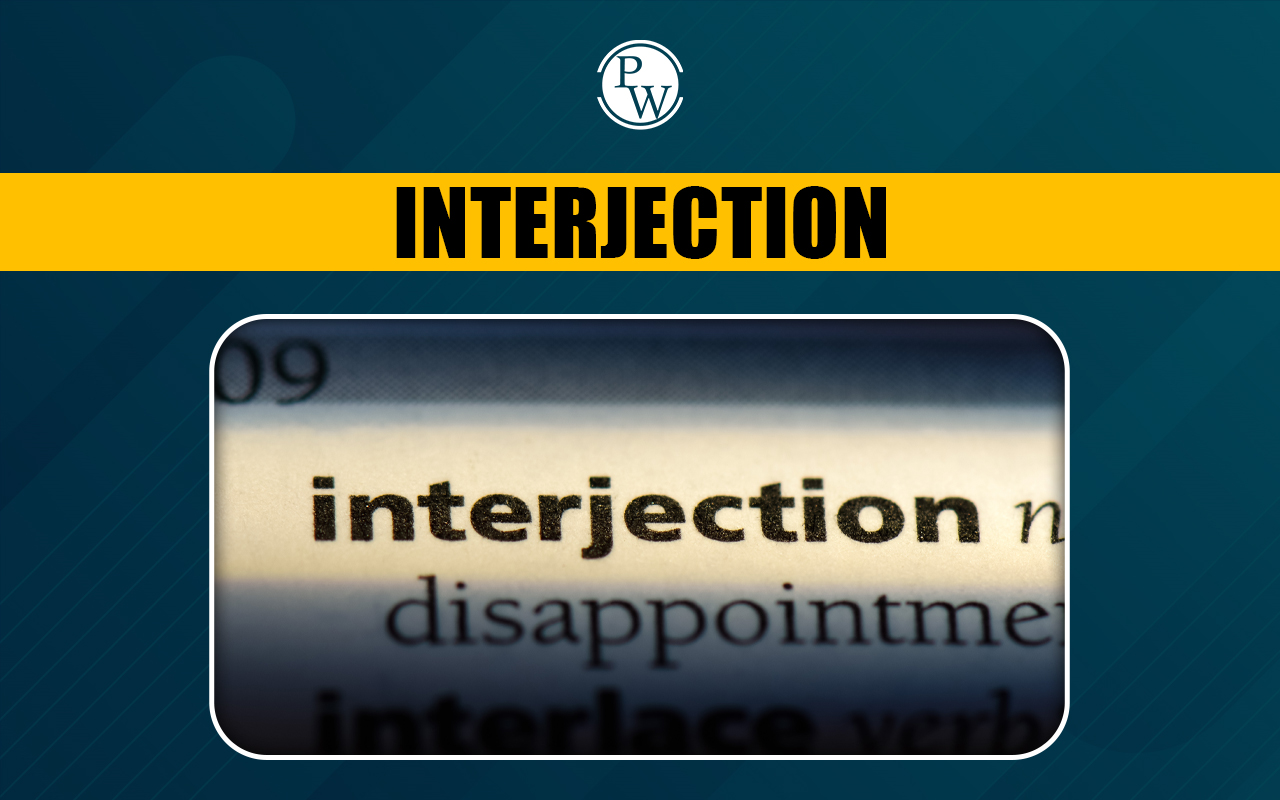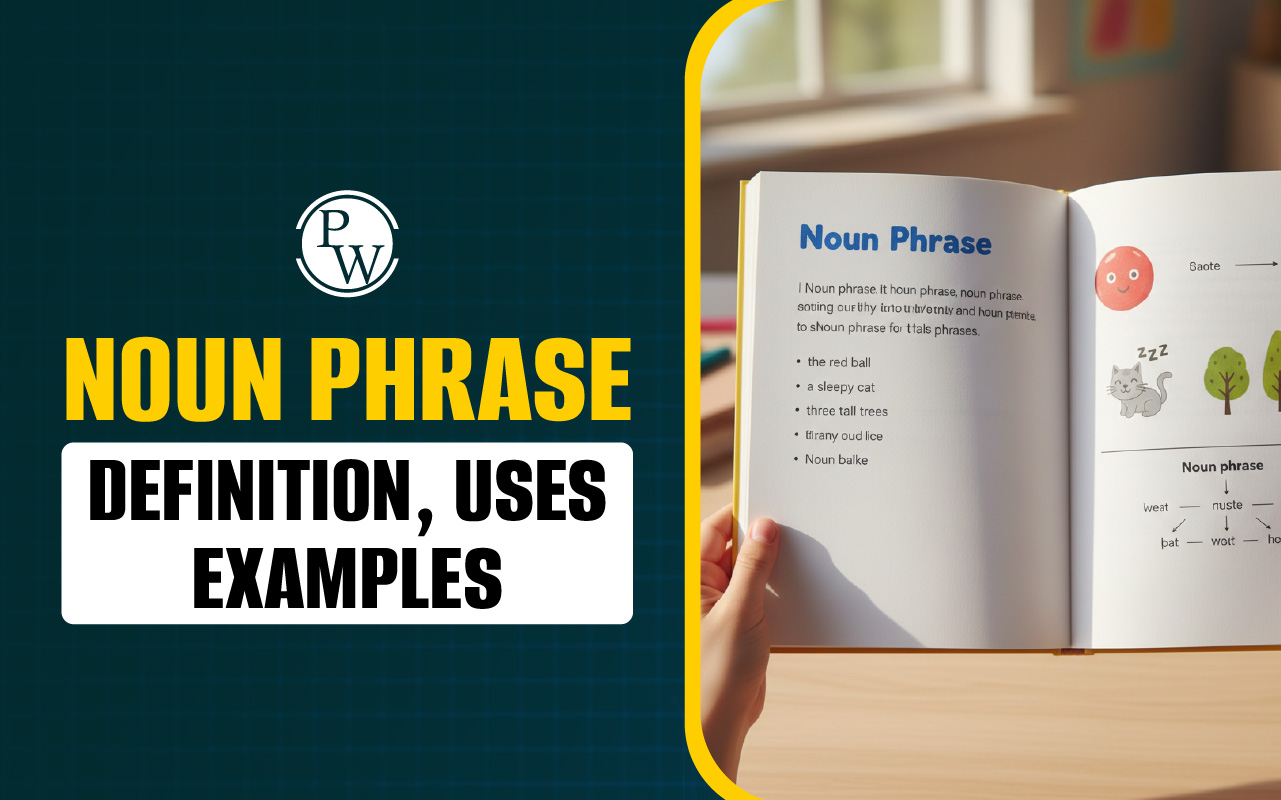
NCERT Solutions for Class 4 EVS Chapter 5: NCERT Solutions for Class 4 EVS Chapter 5 are a useful resource. We guarantee that the calibre of study resources is a primary concern by providing a vast array of worksheets, questions, and solutions. With the help of these thorough resources, students can raise their test scores and gain a thorough comprehension of the curriculum.
It has been demonstrated that the creative and interesting ways in which ideas are presented to kids pique their interest and make learning enjoyable. NCERT Solutions fosters a deeper understanding of the subject matter by exposing pupils to new aspects of education. Start an amazing educational journey by gaining access to the Free PDF of NCERT Solutions for Class 4 EVS Chapter 5 exclusively here.NCERT Solutions for Class 4 EVS Chapter 5 Overview
Chapter 5, "Anita and the Honeybees," in the Class 4 EVS textbook, tells the story of Anita, a young girl who learns about the important role of honeybees in nature. Anita visits her grandfather's village, where she discovers how honeybees collect nectar from flowers to make honey. The chapter explains the process of how bees work together to create honey and emphasizes their crucial role in pollination, which helps plants grow. Anita also learns about the challenges bees face, such as habitat loss and pesticide use. The chapter highlights the importance of protecting these valuable insects for maintaining a healthy environment.NCERT Solutions for Class 4 EVS Chapter 5 PDF
Here we have provided NCERT Solutions for Class 4 EVS Chapter 5 for the ease of children so that they can prepare better for their upcoming exams. These solutions will help them to understand the chapter in depth. Also, here we have attached a pdf so that students can access these solutions without internet.NCERT Solutions for Class 4 EVS Chapter 5 PDF
NCERT Solutions for Class 4 EVS Chapter 5
Below we have provided NCERT Solutions for Class 4 EVS Chapter 5 -1. Find out how much money you spend in one year on various school-related things.
|
Things |
Money Spent |
|
1. Fee |
|
|
2. Travel to school and back |
|
|
3. Notebooks |
|
|
4. Pens-Pencils/stationery |
|
|
5. Uniforms |
|
|
6. School Bag |
|
|
7. Lunch box |
|
|
8. Shoes |
Ans:
|
Things |
Money Spent |
| 1. Notebooks |
1,000 |
|
2. Pen-Pencils/ Stationery |
1,000 |
|
3. Uniforms |
500 |
|
4. School Bag |
200 |
|
5. Lunch Box |
300 |
|
6. Shoes |
300 |
|
7. Books |
2,000 |
|
8. Fee |
10,000 |
|
Total |
16,300 |
2. How much money did you spend on your books this year?
Ans.
This year, I bought my books for 2,500 rupees.3. What kind of school uniform would you like to wear? Draw a picture of it in your notebook and color it.
Ans.
As a uniform, I would like to wear a shirt, skirt, and tie. An illustration of it4. Make two groups in the class. Debate the topic – ‘We should have uniforms in school.’
Ans.
Regarding the debate over whether or not school uniforms should be mandatory, my belief is that they bring people together. It's also reasonably priced. We don't have to spend a lot of money on plenty of school outfits. Students don't make fun of one another for how they dress because everyone in the school wears the same type of uniform, and uniforms promote equality. For this reason, I think school uniforms ought to be mandatory.5. Do you know someone who wanted to study, but could not do so? Talk about them in class.
Ans:
Yes, I once had a maid who helped clean my house. Her child wanted to go to school but was unable to do so due to his mother's disease, so he had to work to support himself.
6. Every child has a right to free education up to Class VIII. Do you think that all children are able to study up to Class VIII? Discuss.
Ans:
Even though the government offers free education up to class VIII, many parents choose not to send their kids to school because they do not value education. As a result, many children are unable to finish this level of education. Due to the widespread belief among Indian parents that education is unnecessary for girls to become self-sufficient, girls are particularly unable to complete their studies through class VIII.7. Have you seen any insects near flowers? Find out their names and write.
Ans: Yes, I have seen a honeybee near a flower.
8. Draw and color their pictures in the notebook.
Ans:
9. Why do you think they come to the flowers? Find out.
Ans:
In order to produce honey, honeybees visit flowers and gather nectar, or a liquid, from the centre of the bloom.
10. When honey bees fly, there is a kind of sound. Can you try to copy this sound?
Ans:
Honeybees make a buzzing sound when they are flying.
11. What do people in your area put on the part of the body where the bee has stung?
Ans:
They put baking soda to the place where the bee stung them because bee stings contain acid.
12. Draw a picture of a honey bee in your notebook. Color it and give it a name.
Ans: A picture of the honeybee is shown below:
13. The litchi trees come to flower in February. I put all my four boxes near the litchi orchards. I got 12 kilograms of honey from each box. I sold this honey in the market. This was my first earning from my bees. Now I have 20 boxes. What will be the total cost of Anita’s 20 boxes?.
Ans:
Anita and others in her village are known to receive Rs. 35 for 1kg of honey.
Each box has 12 kg of honey, and she has 20 of them. (given in ) Since 1kg of honey costs Rs. 35, As a result, the price of 12kg of honey is 35 x 12=420.
Since 1 package is worth Rs. 420,
As a result, earning from 20 boxes is 420 x 20= 8400/-.
14. Anita and others in her village get Rs.35 for one kilogram of honey. How much does one kilogram of honey cost in your town?
Ans: In my town, 1kg of honey costs 360 rupees.
15. What are the different colors of honey that you have seen?
Ans: I've seen honey in yellow and brown hues.
16. Is honey used in your house? What is it used for?
Ans: Honey is indeed used in my home. It's used in cold drinks as well as my mother's burfi.
17. Which are some other insects that live together in a group, like honeybees?
Ans: Ants, like honeybees, live in colonies.
18. Ants live and work together like honeybees. The Queen Ant lays the eggs, the Soldier Ants look after and guard the ants’ nest, and Worker Ants are always busy looking for food and bringing it to the nest. Termites and wasps also live like this. Have you seen where ants live?
Ans:
Ants live in underground or above-ground nests made of pebbles, earth fragments, and other materials.
19. What kind of eatables attract ants? List them
Ans: Sugar, fruits, rotten items etc.
21. Have you been bitten by an ant? What was the ant-like – black or red, big or small?
Ans: Yes, I have been bitten by an ant. The ant was red and small.
22. Do ants ever come near you? When?
Ans. Yes, ants come near me when I am not clean.
23. Look carefully at some big and small ants. How many legs does an ant have?
Big ant ________
Small ant _______
Ans: Big and small both ants have 6-legs.
24. Draw an ant in your notebook and color it.
Ans:

25. While eating peanuts you probably throw away the shells. Why don’t you try to make some insects by using the shells? Do not forget to color them.
Ans: Insects made by using shells -
Related links-
Benefits of NCERT Solutions for Class 4 EVS Chapter 5
The NCERT Solutions for Class 4 EVS Chapter 5, "Anita and the Honeybees," offer several benefits for students:Enhanced Understanding : The solutions provide clear and concise explanations of the chapter’s concepts, helping students grasp the importance of honeybees in nature and their role in the ecosystem.
Clarification of Doubts : They address common questions and confusions, ensuring that students have a firm understanding of the chapter’s content and can answer questions accurately.
Improved Retention : By breaking down the chapter into manageable sections and explaining key points, the solutions help reinforce learning and improve memory retention of the material.
Practice and Application : The solutions include exercises and sample answers that help students practice their writing skills and apply what they've learned in a structured way.
Exam Preparation : They serve as a valuable resource for revision, helping students prepare effectively for tests and exams by reviewing important points and practicing potential exam questions.
NCERT Solutions For Class 4 EVS Chapter 5 FAQs
Where does Anita live?
How did Anita manage her problem with money?
Which insects live together like honey bees?
Why couldn't Anita go to school?
What did Anita want to become?










